Type Settlement Local time Tuesday 10:18 PM | ||
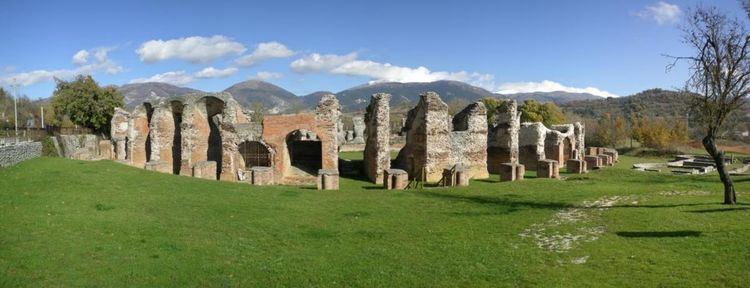 | ||
Management Soprintendenza per i Beni Archeologici dell'Abruzzo Weather 9°C, Wind SW at 24 km/h, 85% Humidity | ||
Scavi medievali ad amiternum universit dell aquila e internazionalizzazione
Amiternum, a traditional settlement of the Sabines, is an ancient Sabine prefecture, former bishopric and Latin catholic titular see in the central Abruzzo region of modern Italy at 9 km from L'Aquila. Amiternum was the birthplace of the historian Sallust (86 BC).
Contents
- Scavi medievali ad amiternum universit dell aquila e internazionalizzazione
- Amiternum aq arena gladiatores
- History
- Ecclesiastical History
- Titular see
- References
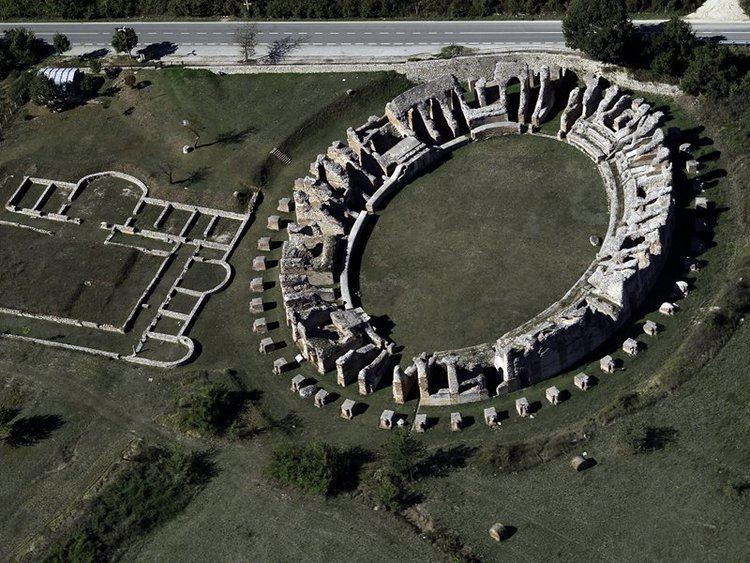
Amiternum aq arena gladiatores
History
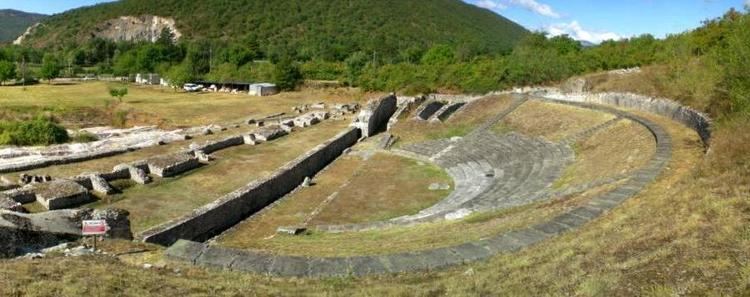
It was stormed by the Romans in 293 BC. It lay at the point of junction of four roads: the Via Caecilia, the Via Claudia Nova and two branches of the Via Salaria. The site, in the upper Aterno valley, was one of the most important of Sabinum.
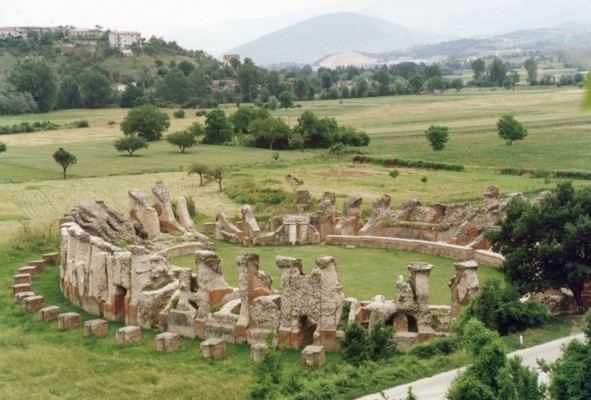
There are considerable remains of an amphitheatre and a theatre, all of which belong to the imperial period, while on the hill of the surrounding village of San Vittorino there are some Christian catacombs.
A well known Roman funerary relief of the first century BC depicts the Roman funeral procession or pompa.
Ecclesiastical History
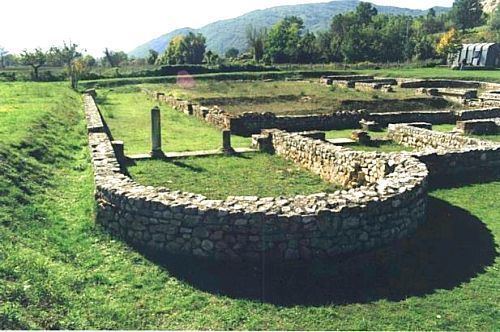
The modern name of the locality, San Vittorino, recalls the martyr of Victorinus, who is looked on as bishop of Amiternum, of the time of the persecution by Roman Emperor Nerva (30-98 AD), b-while other sources put the bishopric's foundation circa 300AD. Circa 400 AD it gained territory from the suppressed Diocese of Pitinum.
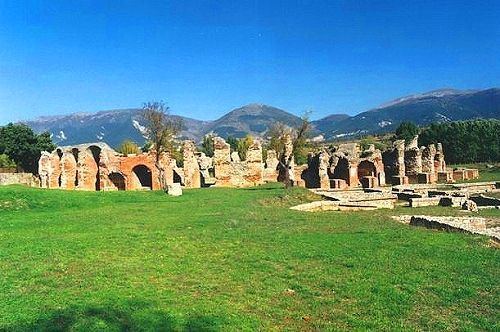
Other bishops of Amiternum include Quodvultdeus, who encouraged the religious veneration of Victorinus by constructing his tomb, Castorius, who is mentioned by Pope Gregory I, Saint Cetteus, martyred by the Lombards in 597, and Leontius, a brother of Pope Stephen II. The last known bishop is Ludovicus, who took part in a synod held in Rome in 1069.
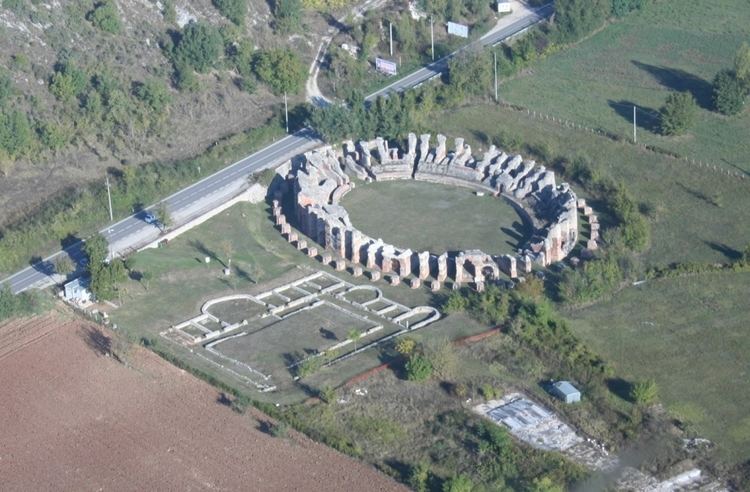
Circa 1060 AD, the bishopric was suppressed and it the territory merged into the Rieti. In the mid-13th century the population was transferred to the newly founded town of L'Aquila, which was erected as a diocese by Pope Alexander IV on 20 February 1257, incorporating in it the territory that had once been that of the diocese of Amiternum.
Titular see
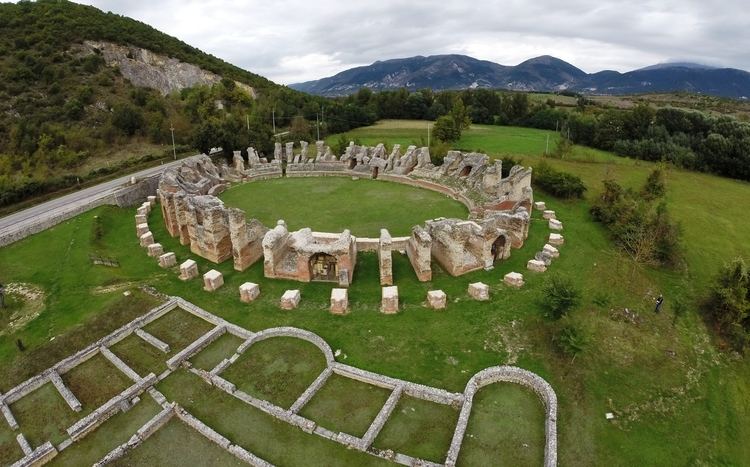
No longer a residential bishopric, Amiternum is today listed by the Catholic Church as a [Latin titular bishopric since the diocese was nominally restored in 1966.
It has had the following incumbents, of the fitting episcopal (lowest) or mostly of higher archiepiscopal (intermediary) rank :

